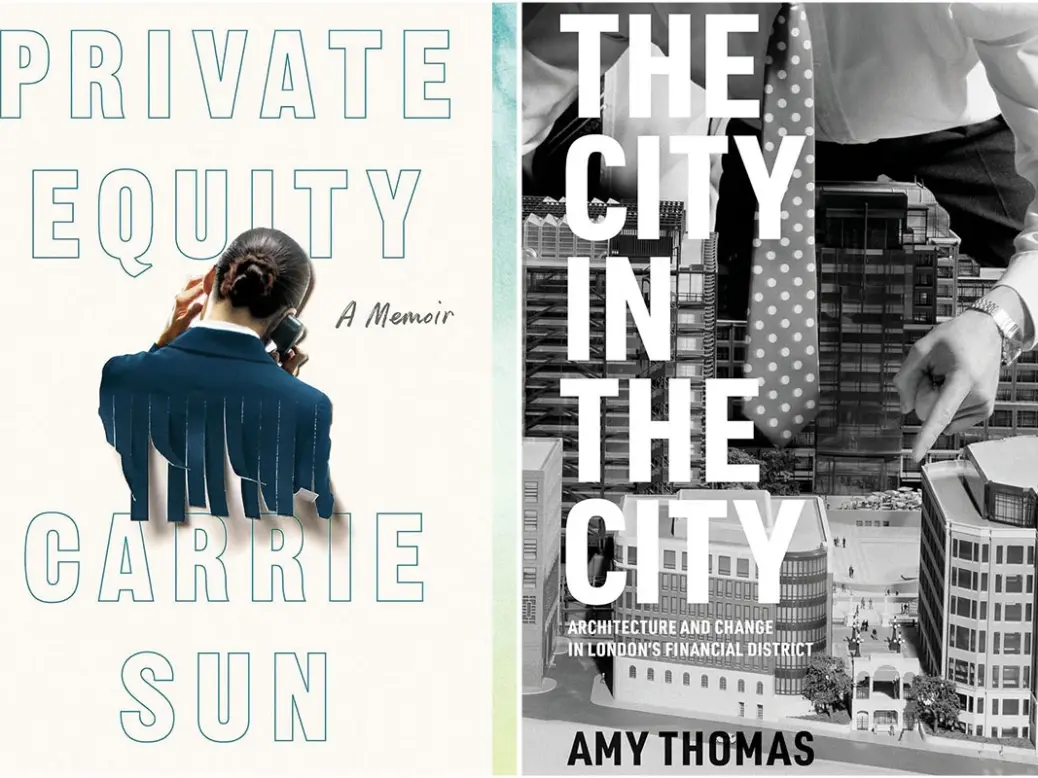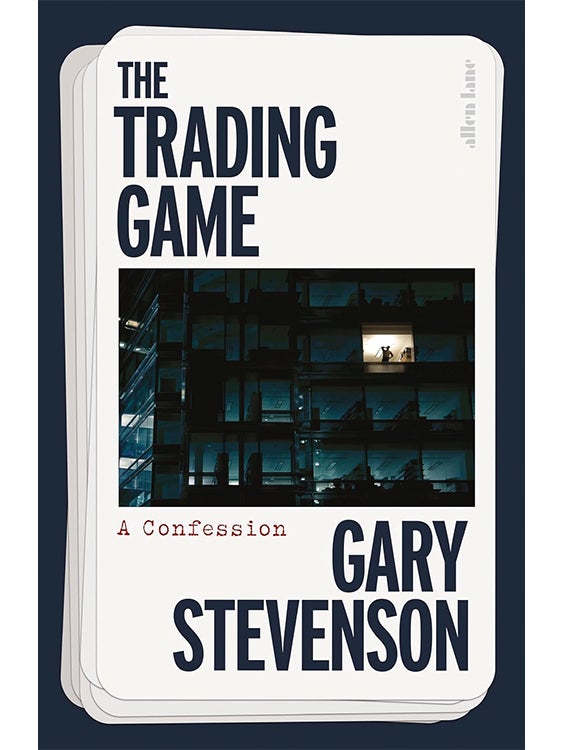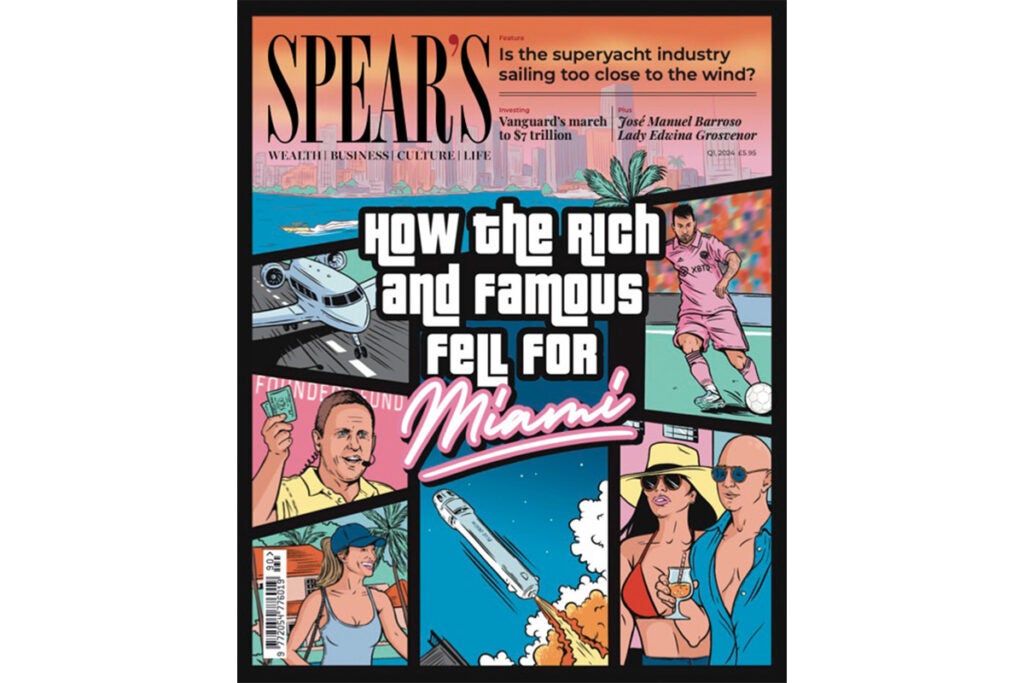
From a ‘critique and celebration’ of the City of London’s architecture to a memoir from a disillusioned former hedgie, these four unmissable books should be added to your reading list.
The best books to read right now
Private Equity, by Carrie Sun
At the age of 29, Carrie Sun felt lost. A diligent MIT student who quickly ascended the corporate ladder, she couldn’t help but feel she was wasting her life. So, when the opportunity to work for one of Wall Street’s most prestigious hedge funds came up, she grabbed it. Sun writes in this memoir that she discovered a world of unparalleled luxury and a ‘winner-takes-all’ economy. Diving headfirst into the culture eventually takes its toll, but it has allowed the author to offer a vivid account of a world of excess, power, admiration and status.
Penguin Press, £25, from 29 February
The Trading Game, by Gary Stevenson

Gary Stevenson had a working-class childhood in East London, kicking around broken footballs ‘in the shadows of Canary Wharf’s skyscrapers’. His life changed when he won a competition at university to become a trader at CitiBank, a world of privately educated bankers and ‘dysfunctional’ maths savants. Yet this peculiar group came together like a family of sorts – bound by the successes and failures that came with the bets that made them millions, even as many people in the outside world became poorer and poorer.
Allen Lane, £25, from 5 March
Money and Promises, by Paolo Zannoni

Veteran Goldman Sachs banker Paolo Zannoni looks at the enduring relationships between sovereign states and financial institutions. Specifically, he discovers how many storied institutions relied upon an ‘intricate exchange of debt and promises’ with governments to ensure stability, from 12th-century Pisa to 17th-century Venice and the American Revolution, Zannoni pieces together these disparate histories and explores the vital and symbiotic relationship between financial and political systems.
Apollo, £25, from 14 March
The City in the City, by Amy Thomas
A wave of financial deregulation in the Eighties gave birth to the modern City of London, but the district has a long and storied history, with features of the built environment connecting the past to the frenetic trading floors of the present. Here architectural historian Amy Thomas explores how invisible markets and financial ideologies are cast as physical, concrete realities, and considers how the skyscraper village of Bishopsgate came to be. She strives to offer both a ‘critique and a celebration’ of the global financial hub.
MIT Press, £29
This feature first appeared in Spear’s Magazine Issue 90. Click here to subscribe







